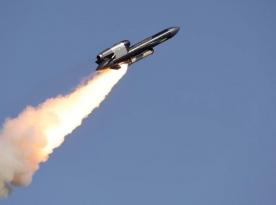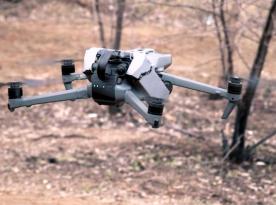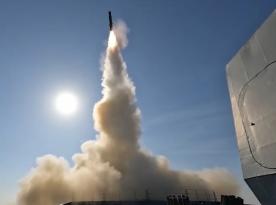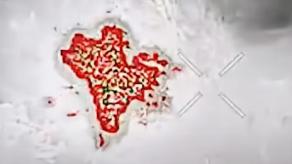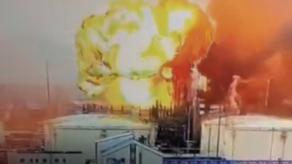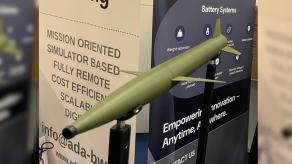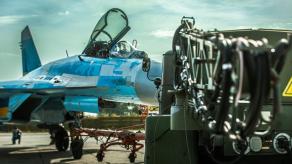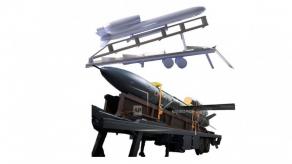The Defense Intelligence of Ukraine has published detailed information about a new type of unmanned aerial vehicle that russia is actively deploying across different sectors of the front. The data, released on the War&Sanctions portal, includes a 3D model of the drone, its design, and the foreign-made components used in its construction.
According to the Defense Intelligence, the drone can serve multiple purposes on the battlefield. It is capable of functioning as a reconnaissance platform, a strike UAV, or even as a decoy target designed to overload Ukrainian air defense systems. Such versatility makes the drone a flexible tool for russia’s military operations.
Read more: UK Defense Intelligence: Moscow Is Systematically Training Schoolchildren in Drone Operations

This modification is equipped with a camera and two LTE modems, enabling real-time or recorded video transmission through mobile base stations. These modems also allow operators to send course correction commands. In its strike version, the camera, when adjusted for angle, and remote control system can be used to guide the UAV toward its target using first-person-view principles.
Structurally, the drone features a delta-wing fuselage, resembling Iranian Shahed-131 UAV, though it is somewhat smaller. Navigation is provided by a jamming-resistant satellite positioning system, which relies on four patch antennas and Chinese-made Allystar modules. This design highlights russia's continued reliance on imported technology for its drone fleet.
Nearly half of the UAV’s components originate from China. These include communication modules, minicomputer, power regulator, and quartz generator. The use of widely available dual-use electronics once again underscores how russia circumvents sanctions to maintain and expand its drone production.
The engine powering the drone is a DLE model mounted in the nose section of the fuselage. This configuration makes the UAV strikingly similar to the Italmas loitering munition developed by russian ZALA Group, suggesting design continuity and possible shared production chains within russia's drone industry.
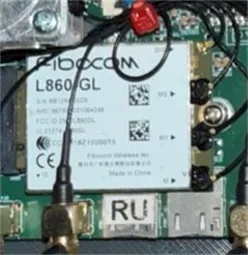
In total, Ukrainian specialists identified 19 Chinese components, 15 American-made microchips, three microcontrollers from Swiss company STMicroelectronics, a gyroscope-accelerometer produced by Japan’s TDK, and two Taiwanese elements: an Ethernet controller and a capacitor. This multinational component base reveals how heavily russia depends on foreign electronics to sustain its war machine.
By exposing the detailed makeup of the UAV, the Defense Intelligence not only informs the public about russia’s tactics but also provides evidence for tightening international export controls. Each identified component could become a key point for further sanctions enforcement, making it more difficult for russia to acquire the technology needed to produce drones at scale.
Read more: Evidence Points to Another russian Shahed-136 Incursion 100 km into Poland, Warsaw Starts With Denial Again





